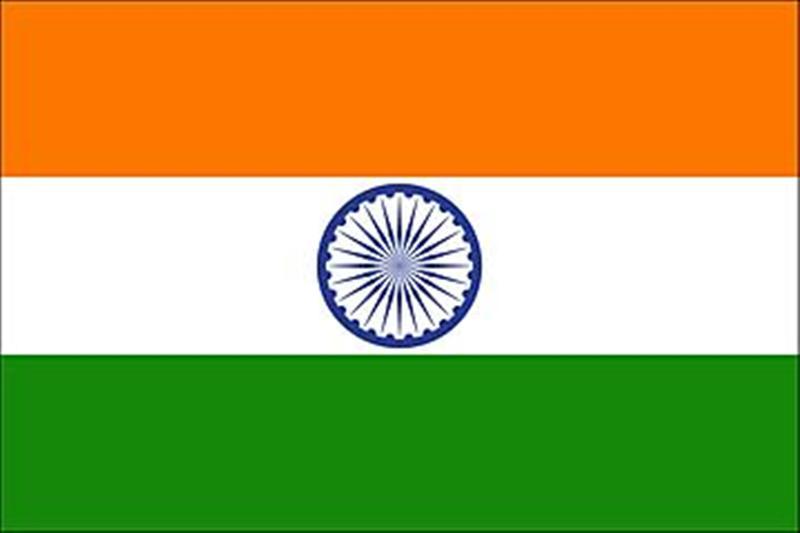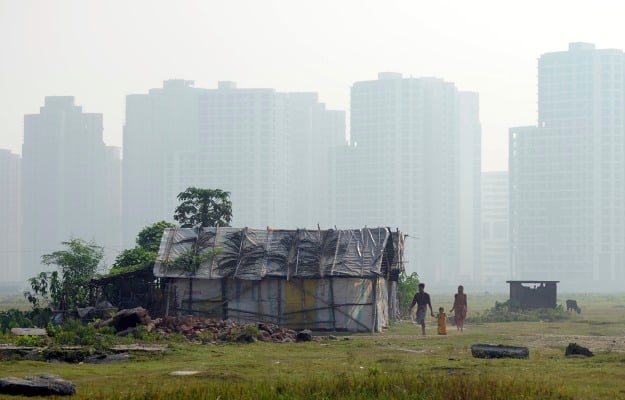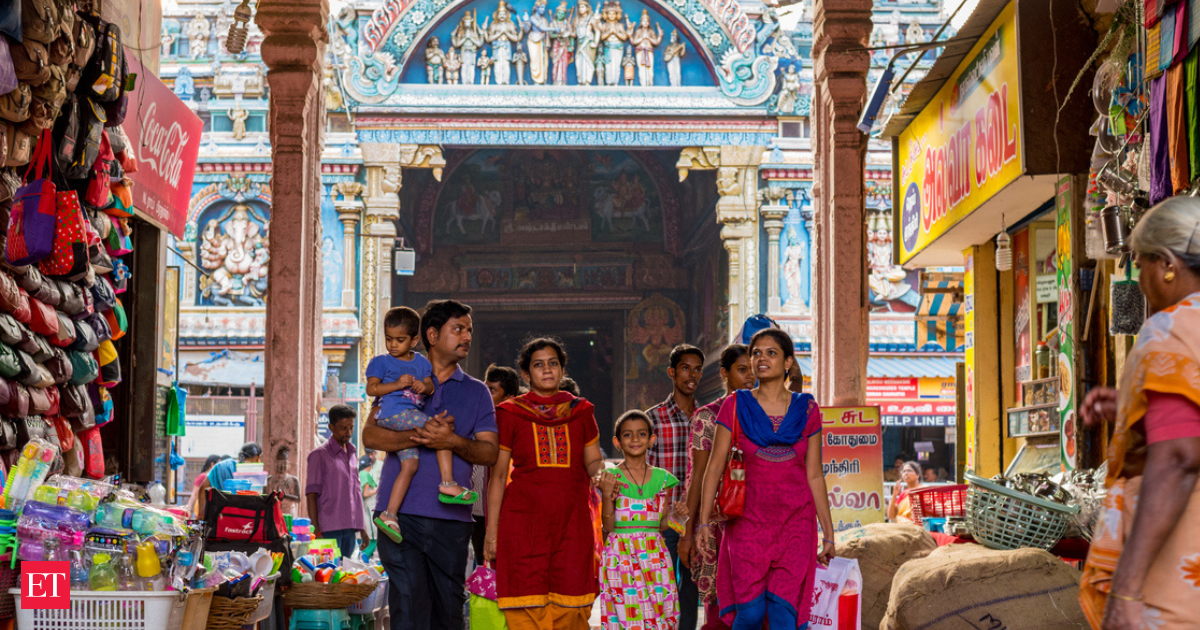ST1976
FULL MEMBER

- Joined
- Jul 25, 2006
- Messages
- 878
- Reaction score
- 0
- Country
- Location
22,000 new scholarships for African students in various academic courses: Preneet Kaur
New Delhi, Mar 1 (ANI): Highlighting India's commitment to development in Africa, Minister of State for External Affairs Preneet Kaur said here on Thursday that 22,000 new scholarships for African students in various academic courses and training programmes, including special agriculture scholarships and C.V. Raman fellowships have been made available. Kaur, who was addressing the inaugural session of India-Africa Science and Technology Ministerial Conference, said proposals for the institutional strengthening of identified institutions in Africa and the transfer of need based technologies have also been initiated. "There is a provision for 22,000 new scholarships for African students in various academic courses and training programmes including special agriculture scholarships and C.V. Raman fellowships," said Kaur. "As per India's commitment to assist African countries in the field of Science and Technology, proposals for institutional strengthening of identified institutions in Africa and transfer of need based technologies have also been initiated," she added. She informed that her ministry has duly secured approvals from the Union Cabinet to support these initiatives through its "Aid to Africa" budget. Kaur also said that India has successfully implemented the Pan-African e-Network Project, including tele-education, tele-medicine and connectivity between leaders in 47 African countries and an agreement has also been signed for its implementation in the 48th country, South Sudan recently.

22,000 new scholarships for African students in various academic courses: Preneet Kaur
New Delhi, Mar 1 (ANI): Highlighting India's commitment to development in Africa, Minister of State for External Affairs Preneet Kaur said here on Thursday that 22,000 new scholarships for African students in various academic courses and training programmes, including special agriculture...
=>
India would be establishing more than 100 capacity building institutions in Africa, Kaur said, adding 22,000 scholarships would also be made available for African students to pursue various academic courses in India.
Read more at: https://www.oneindia.com/2012/03/20/indiafor-stronger-economic-ties-with-africa-preneetkaur.html
Last edited:










